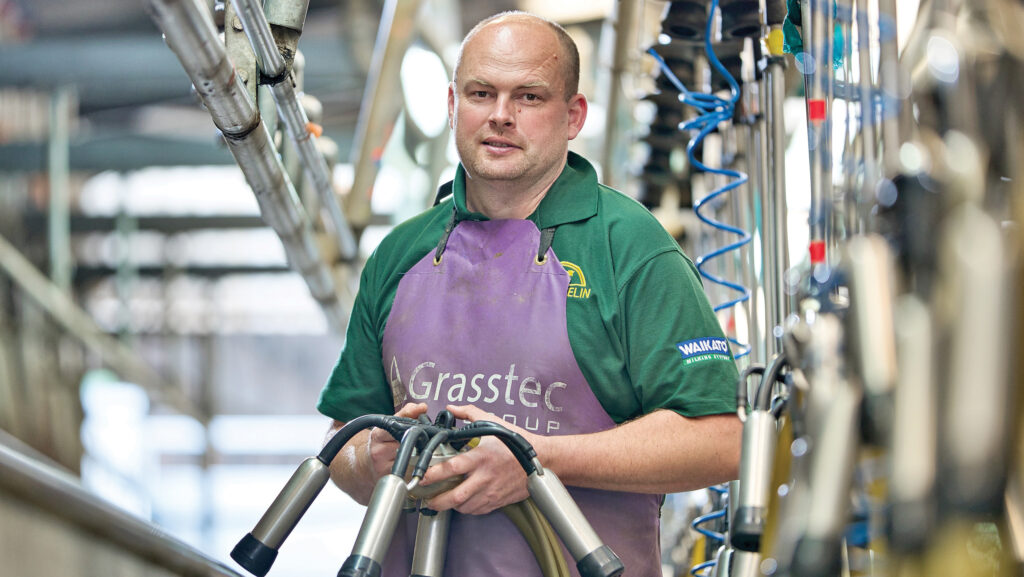Farmer Focus: Housing with 2025 spring grass in mind
 Eurig Jenkins © Richard Stanton
Eurig Jenkins © Richard Stanton I got so excited last month writing my first column that I forgot to congratulate fellow Welsh representatives at the Farmers Weekly Awards who came out on top. My apologies for that omission.
Also, I want to set the record straight and say that we have one gate that doesn’t hang on the farm. However, many pictures taken of me seem dominated by that gate!
The milking herd was fully housed on 8 November, which is a shame as ground conditions would allow more grazing.
See also: How to set your grazing up for next spring
However, average farm cover is sitting nicely at 2,215kg dry matter/ha, so we are already planning our grazing strategy for spring 2025.
In-calf heifers were freeze-branded and vaccinated, and are now split in two bunches of about 60.
They are on a two-hour paddock system, which should allow us to keep them out until December, subject to weather conditions.
Historically, we have kept them out till mid-January some years, but poaching was sometimes worse than expected, and that has a knock-on effect on spring grass growth the following year.
R1s (rising one-year-olds) are also on a 12-hour paddock system, with the automatic gate opener moving them for us at daybreak.
We then head out in the afternoon and move them again and set up the next gate release for the following morning.
They are currently grazing wet paddocks on the new farm we purchased. To get these grazed faster, we are currently not giving them any concentrate.
The plan is to introduce concentrate when they hit lower cover and drier fields in mid-December.
We hosted the Merlin Discussion Group last month.
We had vet James Breen, from the University of Nottingham, to discuss all things mastitis, which is a topic I thought would work well as we were close to drying off.
It was well attended, and some imported New Zealand beer was a great hit for an afternoon rehydration drink.
James produced a 20-page report and advised us to reduce our threshold of antibiotics use based on somatic cell count results, which should not reduce overall performance.
So, we plan to stick to a limit of 150,000 cells/ml and above to receive antibiotics at drying off. All cows will receive teat sealant.

